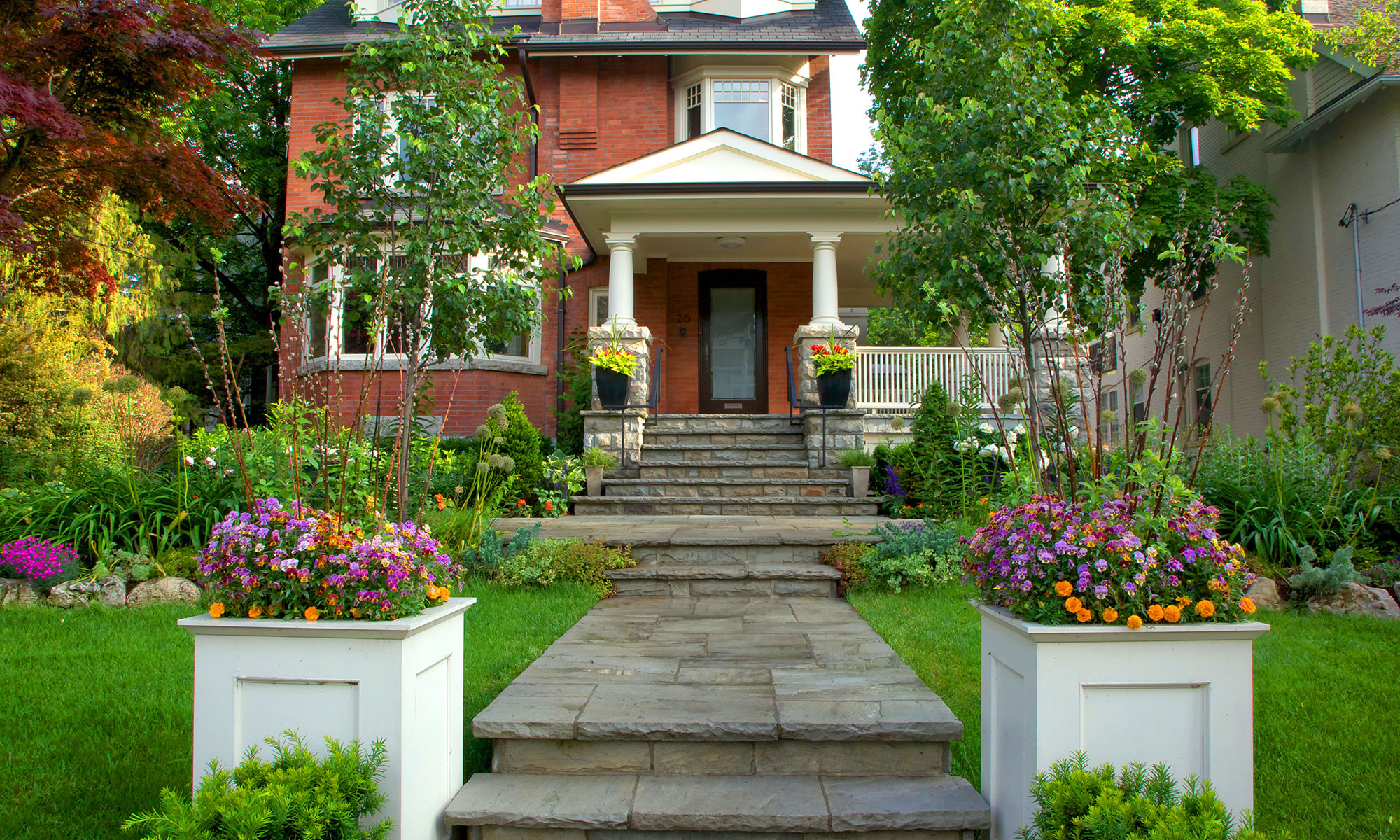Why it’s better for everyone (except your chiropractor)
Gardens have seen landscape trends move from high, perhaps arrogant, Victorian ideals of dominance over nature to the ‘No Mow’ natural look. However, It can be a little disheartening to expect everyone to rip up their grass, toss the boxwoods and ditch the concept of annuals – I prefer to find a place where both sides can collaborate and move forward while supporting the environment and your back muscles.
Plants have homes, just like people or origins if you prefer – the closer that plant is to home the better it will grow, the less vulnerable to pests and diseases, less maintenance, pruning, watering, it will require. It’s an easy first step to incorporate Coneflowers, and Liatris for sun and Trillium and Bloodroot for shade. Adding a little wildscaping to the garden is of enduring benefit for the local fauna and of course your own joyous state of mind at seeing the butterflies, hummingbirds or big fuzzy bees.
My two favorite annuals — Sphinx moths and hummingbirds love these — are tall, wonderfully-scented Nicotiana for beds and the stately Canna Lily for pots (Nicotiana seed is easy to save and sow for dry sunny beds , Cannas can be saved in fall by digging, and throwing into a box in the basement till late spring)
created for the Durand Community Newsletter May 27th 2014
Soil is of the utmost importance – it is an entire ecosystem on it’s own, breaking down leaves and debris so that a shady woodland garden is able to support lush ferns, trilliums and even native orchids. Turning the soil (as many landscape maintenance companies do) is actually detrimental to the complex system as it disturbs the roots of perennials and bulbs, and the highly beneficial nematodes, fungi, and insects. To amend our soil we routinely add manure in the spring or fall then pile as many leaves as possible in the perennial beds. The leaves act as mulch to keep out weeds and add ‘sponginess’; worms and water percolate the nutrients into the soil.
A lawn is the homeowner’s version of a meadow – it’s traditional and goes with a traditional home – setting off the architecture and beds with its velvety visual texture. Many smaller gardens won’t need grass ; good design & some interesting groundcovers will eliminate mowing (possibly rescuing you from the tyranny of fixing, storing, buying, gassing and starting a mower)
Some properties, however, especially larger ones, require a grassy area to keep the place looking cared for and inviting. An innovative and dependable alternative, Eco-lawn is drought tolerant, requires less fertilizing and can be mown like regular grass or left un-mown for a free-flowing ‘carpet effect’. (More info on their homepage www.wildflowerfarm.com)
If you prefer regular sod, try ‘Grasscycling,’ which was recently featured on CBC radio (search their site for the audio file); it involves mowing a dry lawn to prevent clumps of clippings and only cutting off an inch or so, letting the clippings fall as a more ecological source of nitrogen and a natural mulch to keep out weeds.
So don’t bag and toss your leaves or mow the grass too much, never mind raking out the beds or turning the soil Try even one of the tips listed above and count the benefits of your ‘lacklabour’ rewards towards a more ecological garden.
